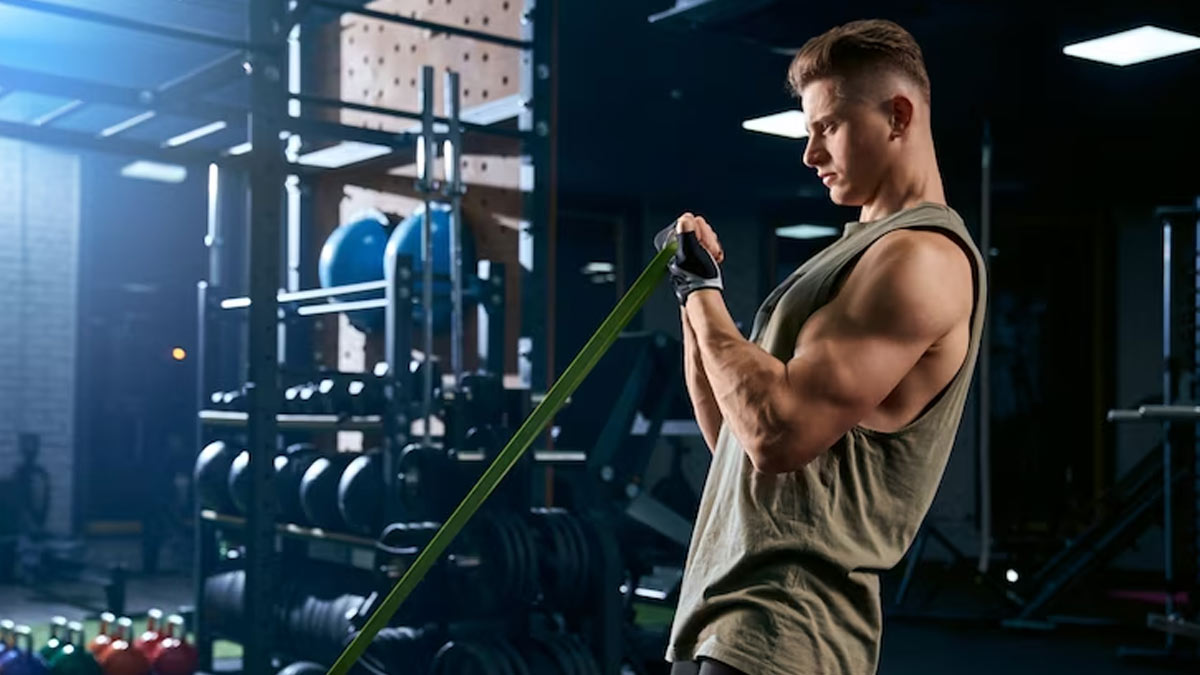
The fitness industry is expanding and so are the myths. One common myth that prevails in every gym or fitness conversation is that lifting heavy weights is superior to lifting light weights. The heavyweight versus lightweight debate is more prevalent these days, as it is summer, which means cutting season. Many people believe that light lifting helps with muscle definition and that heavy lifting makes one bulky. To get the most out of the workout, a person should lift both heavy and light weights.
Table of Content:-
So, before you make the mistake of lifting weights to boost your ego, let's first define cutting, which one to choose between heavy and lightweight cutting, and how to plan your cutting.
What Is Cutting?
If you've ever watched a bodybuilding show or know someone who competes in one, you're probably aware that the bodybuilders look completely different three months ago and now they're ripped with veins popping. Cutting is the phase in which you reduce your calorie intake in order to reduce body fat and make your muscles look more muscular and fuller. A cutting season lasts three months and is one of the most difficult because you must reduce your calories every week, which shocks the body and makes working out difficult.

Heavy Or Lightweight: Which One To Choose During Cutting?
The primary goal of cutting is to burn fat and increase muscle definition. Fat loss and muscle building occur in two scenarios. First, you shock the muscle with new stimuli, and then you follow a bodybuilding training style.
Shocking the muscle is only possible if you combine light and heavy weights in your training. When we think of lifting heavy weights, we always choose a weight that allows us to only do four to five reps, and when we think of lightweight, we go so light that we can only do 25 or 30 reps. A bodybuilding training style includes using a moderate weight that allows you to easily perform between eight and 12 reps. Bodybuilding isn't about going heavy or light; it's about increasing the time under tension, which aids in fat loss and muscle growth.
Also Read: Not Cool With The Gym? 4 Reasons Why Swimming Should Be Your Go-To Workout This Summer
How To Workout During Cutting?
Reduce Your Rest Period
Cutting is all about burning fat, which happens when you work out hard. Fat burning begins in the body when your heart rate rises, and when you take longer rest periods in between sets, your heart rate falls and returns to normal, so it is critical that you decrease your rest periods in between exercises.

Perform More Compound Lifts
Bench presses, squats and deadlifts are examples of compound lifts. Performing all of these exercises in a bodybuilding style, that is, close to 10 reps, can help you burn fat and build muscle faster.
Also Read: Looking To Gain Muscle? A Beginners Guide To Bulking & Cutting
Alter Your Workout
It is critical to shock the muscle every time you work out in order to build muscle. Make it a point to change your workout every 30 days, and don't start with the same exercise every time; instead, keep varying and increasing the reps.
Image Credit: Freepik
Also watch this video
How we keep this article up to date:
We work with experts and keep a close eye on the latest in health and wellness. Whenever there is a new research or helpful information, we update our articles with accurate and useful advice.
Current Version